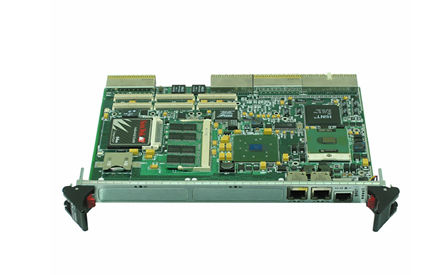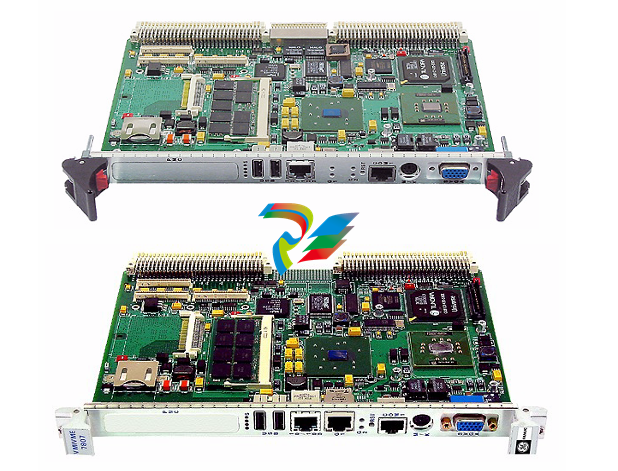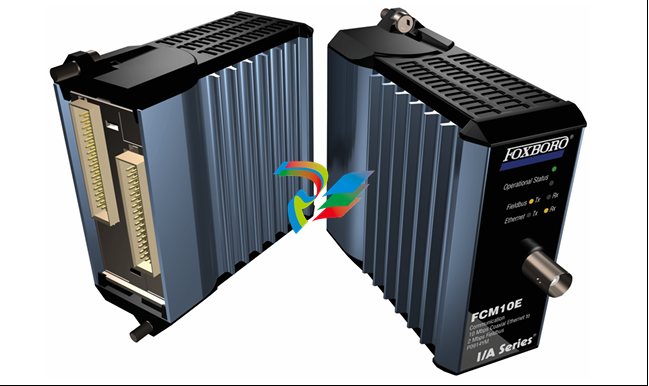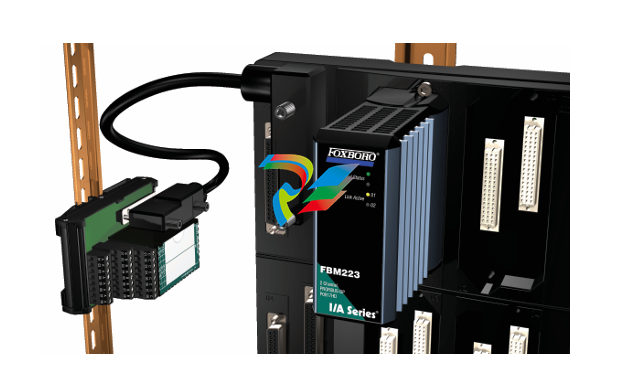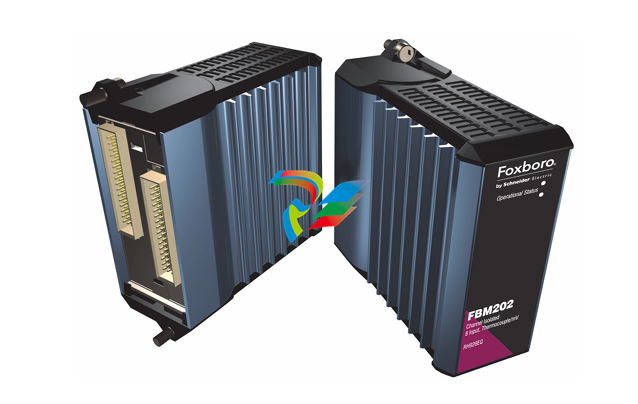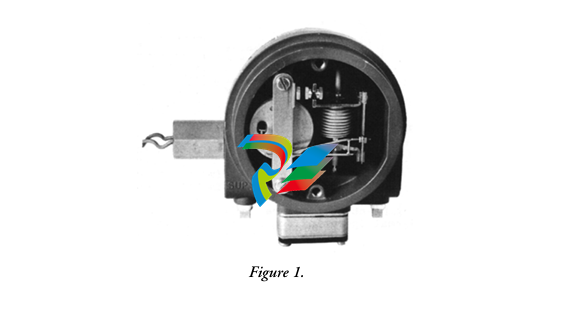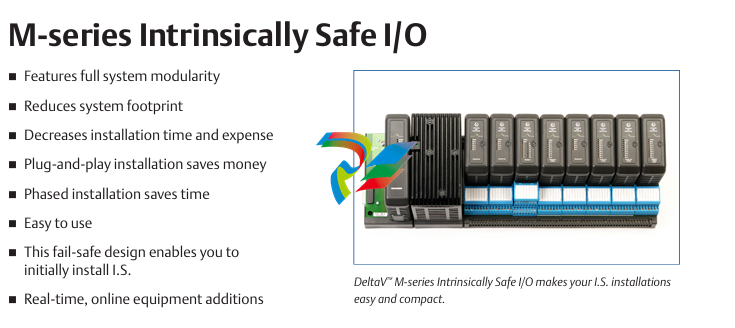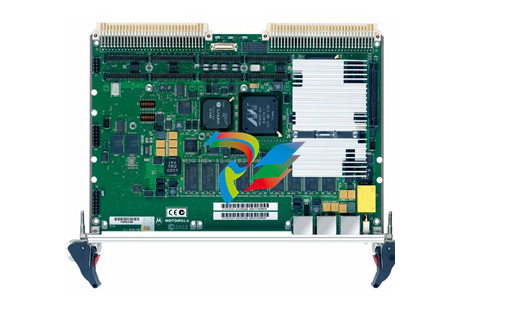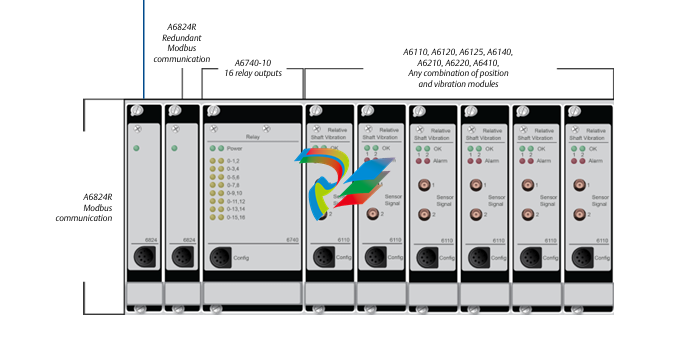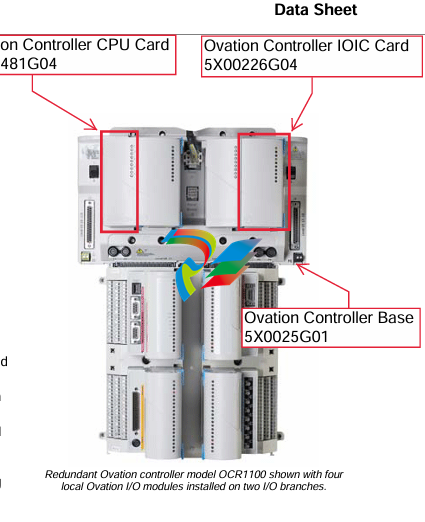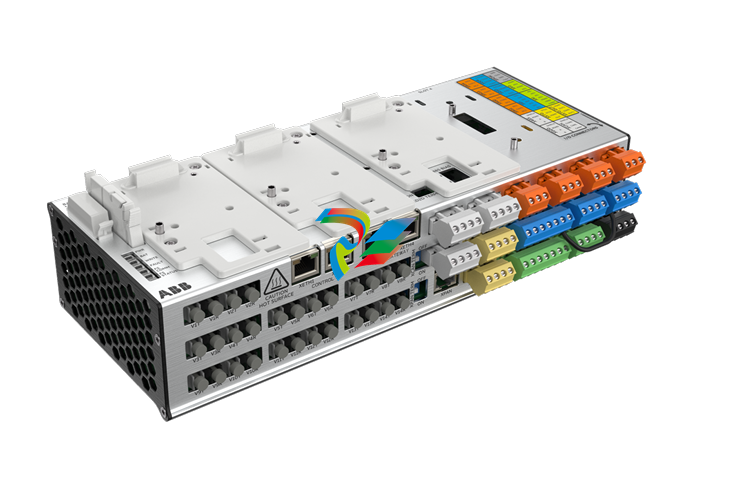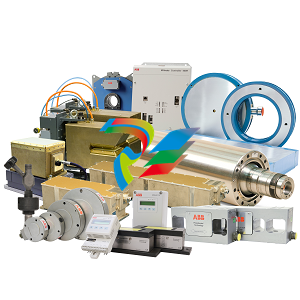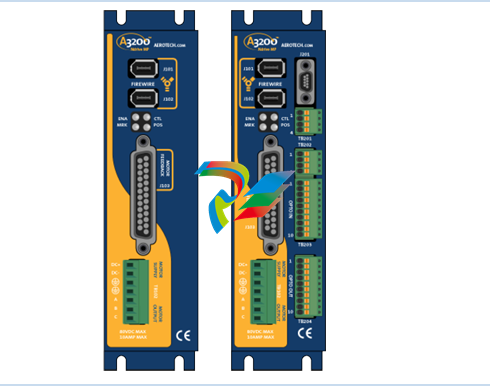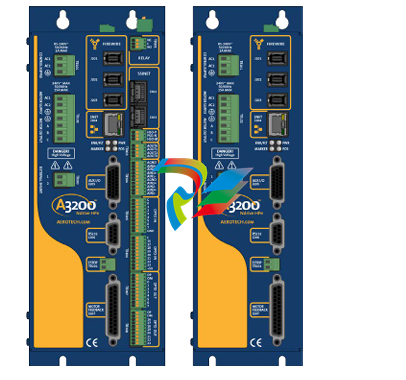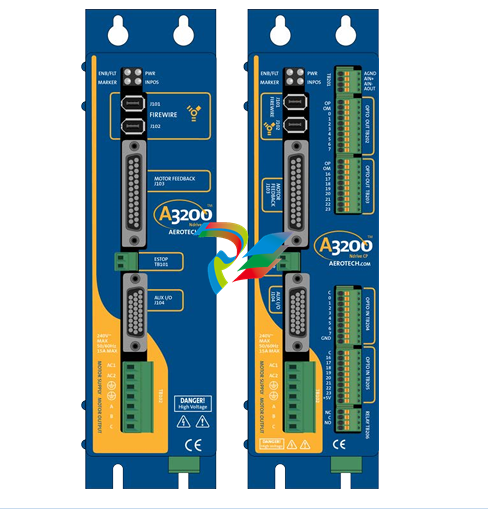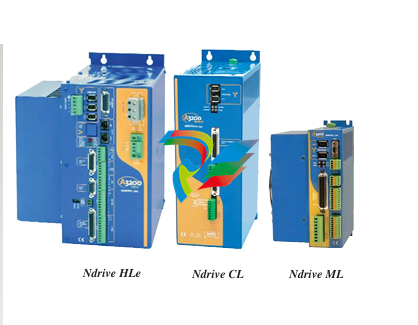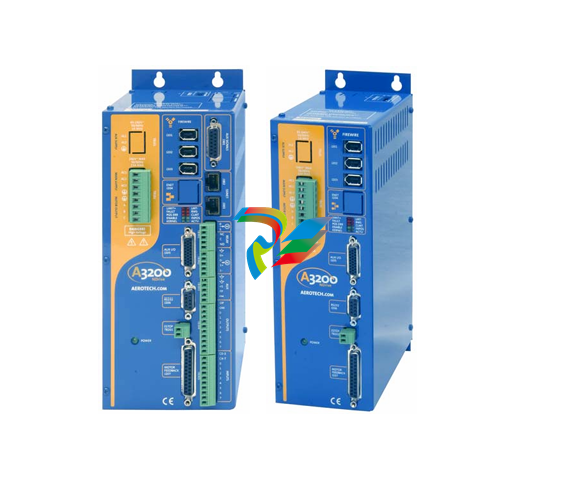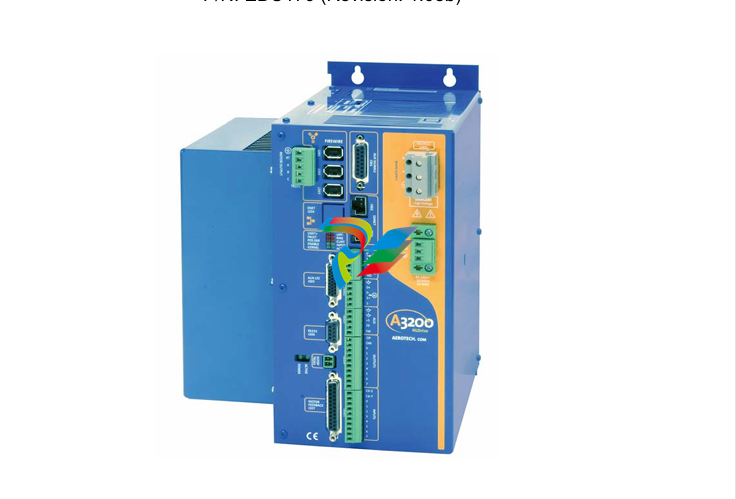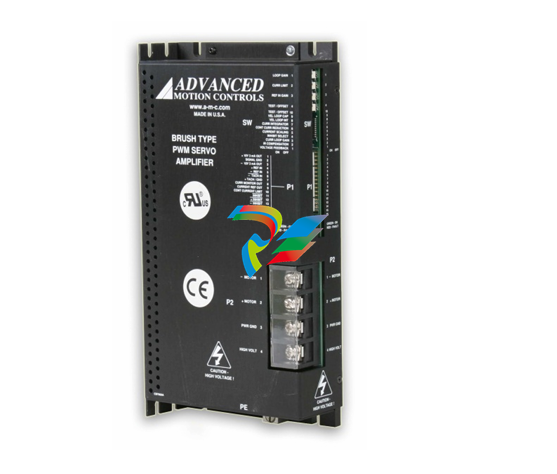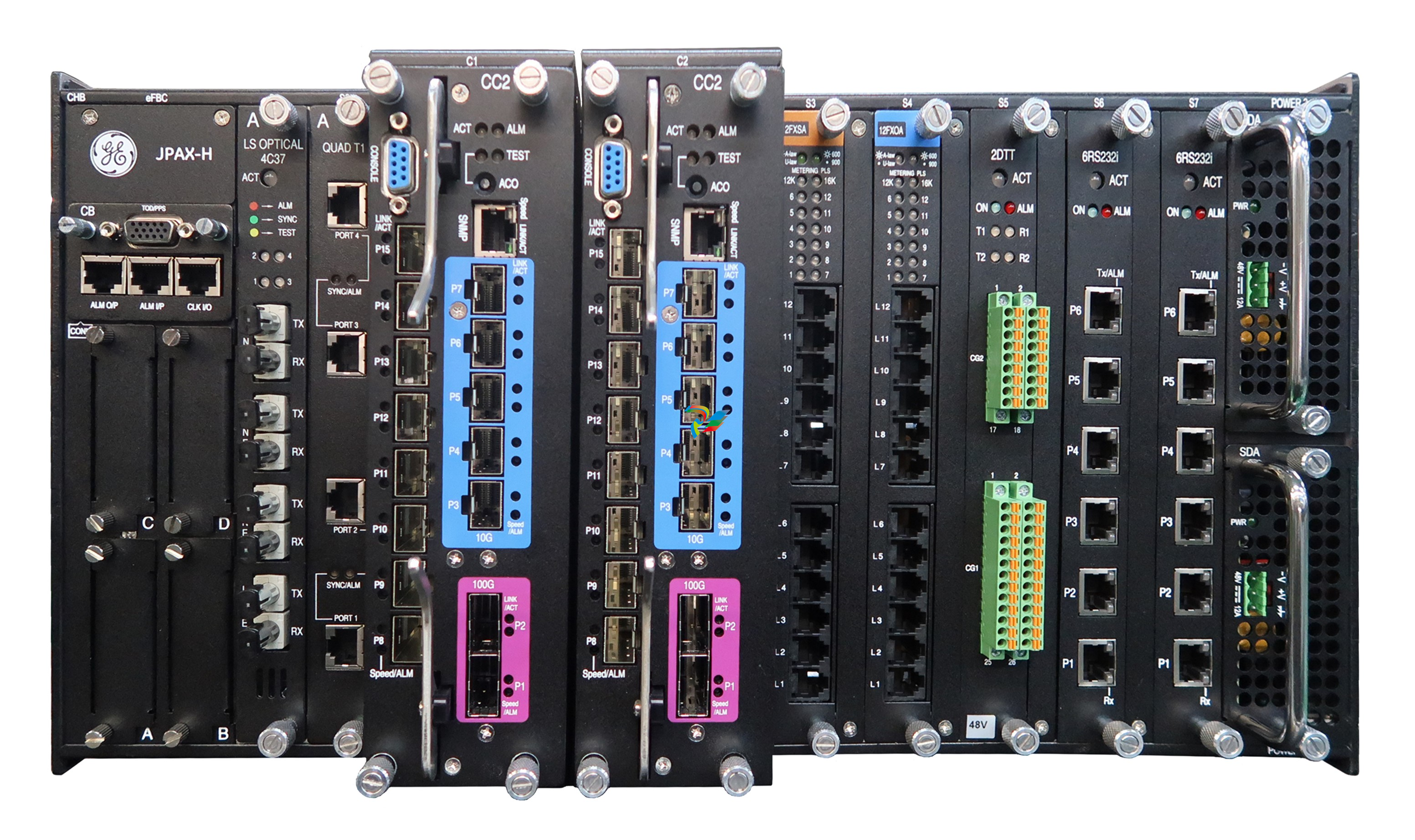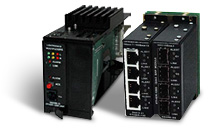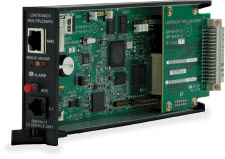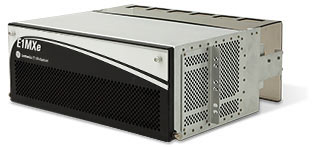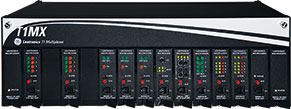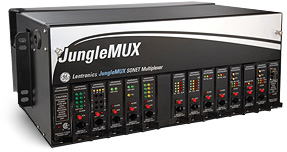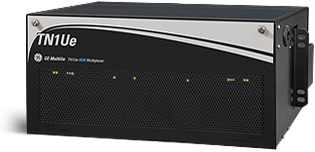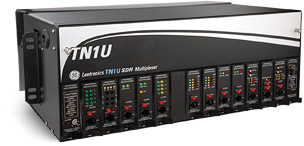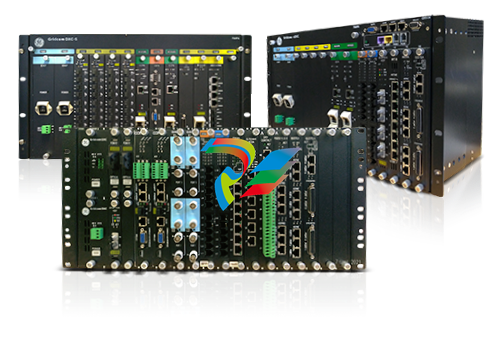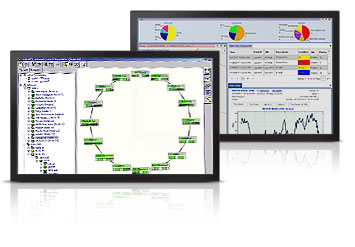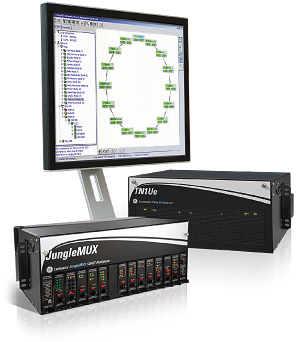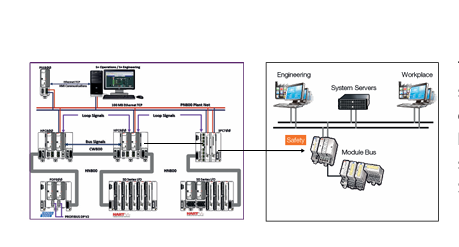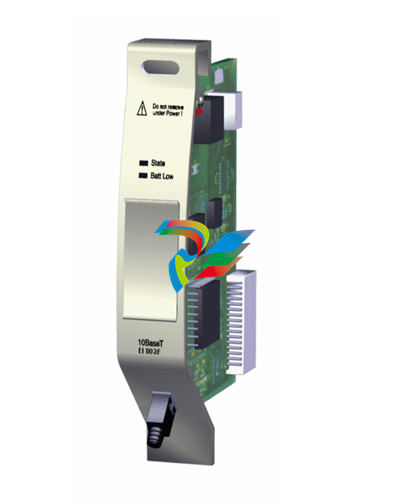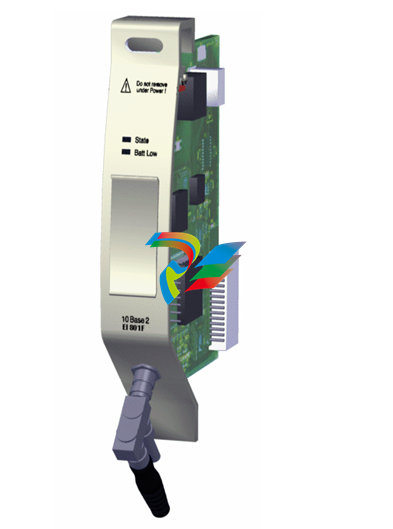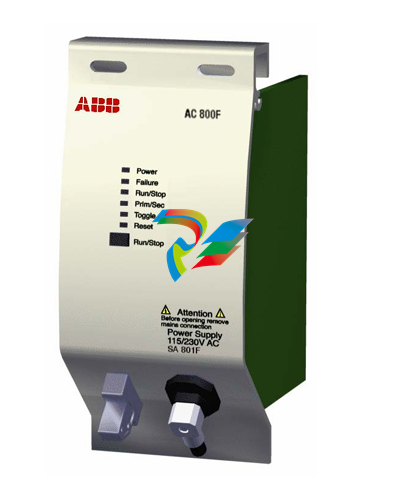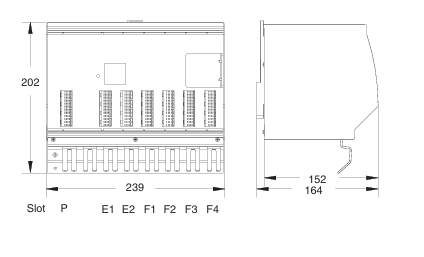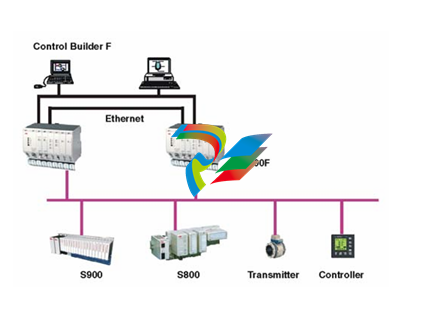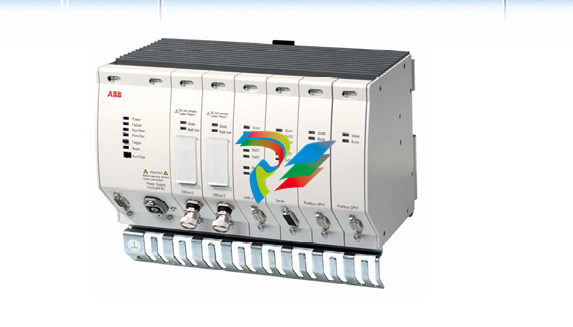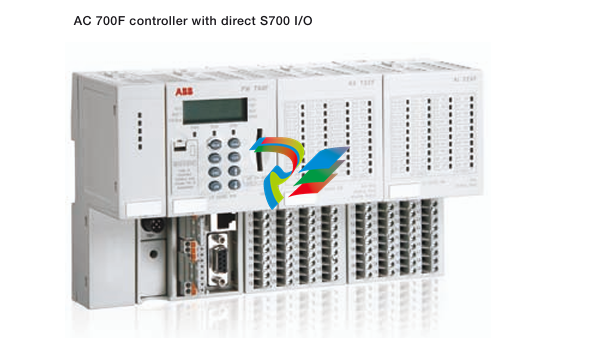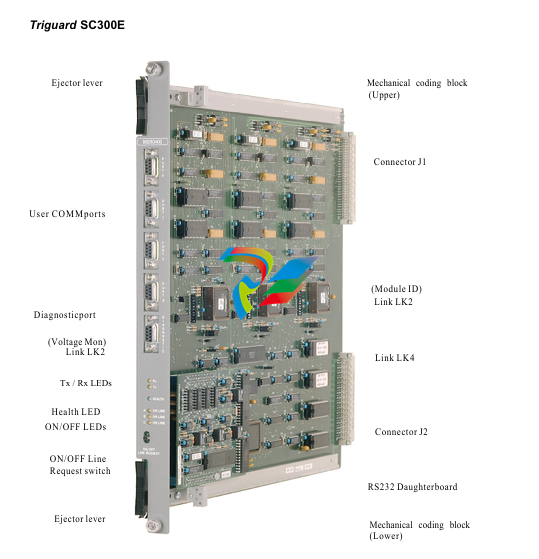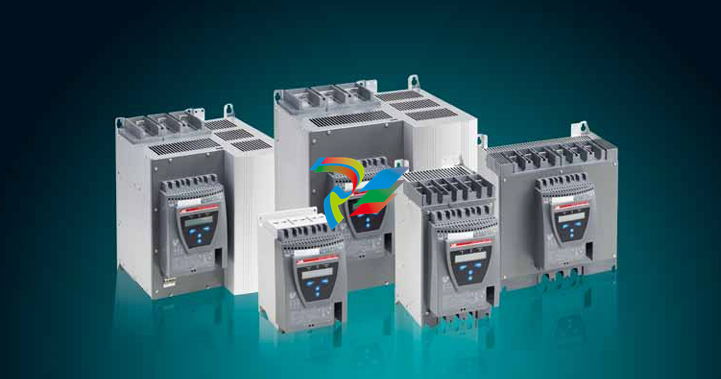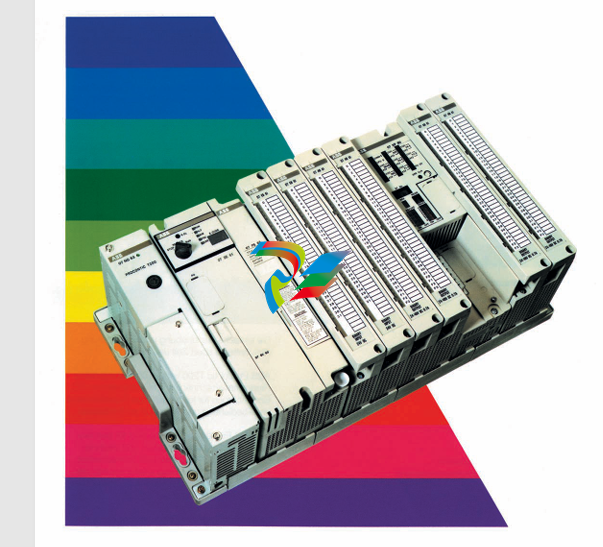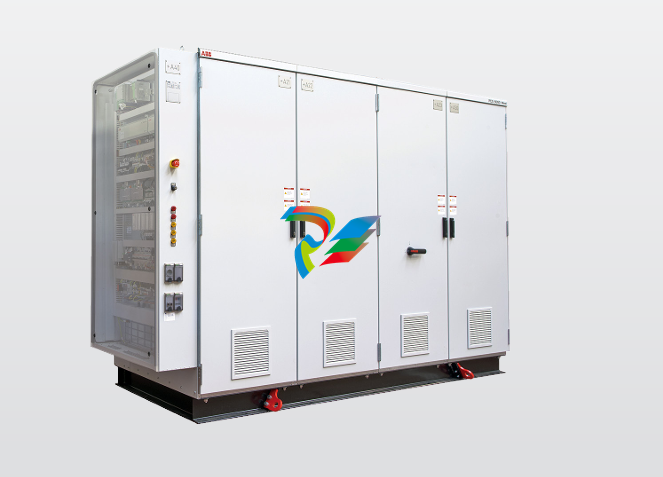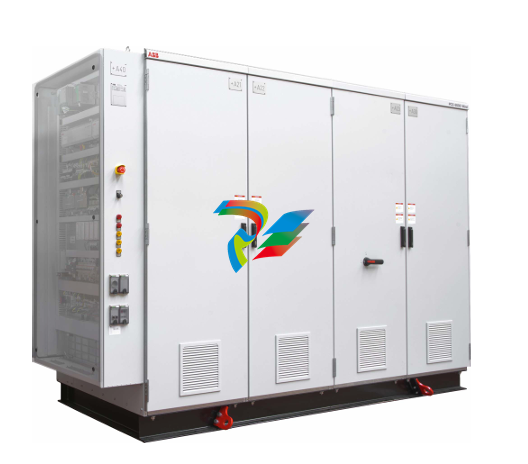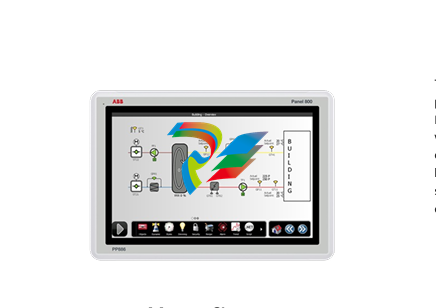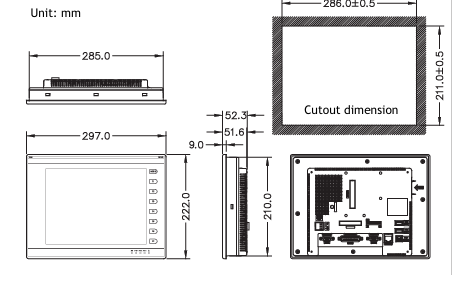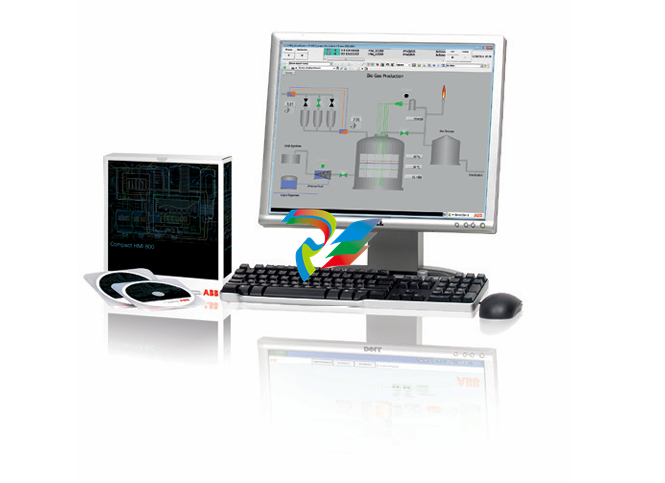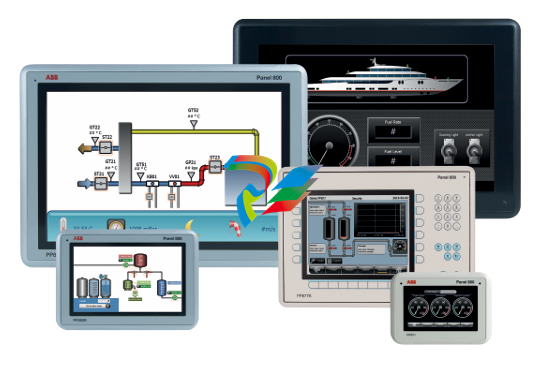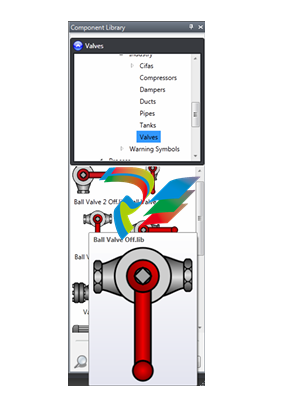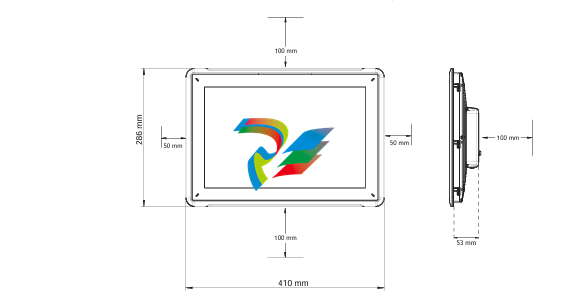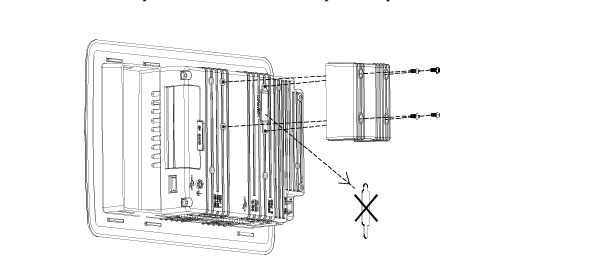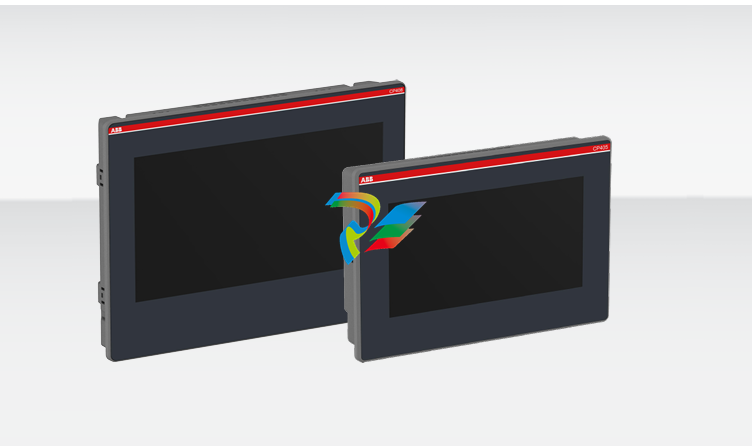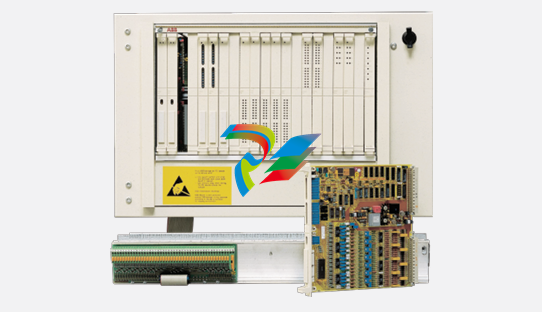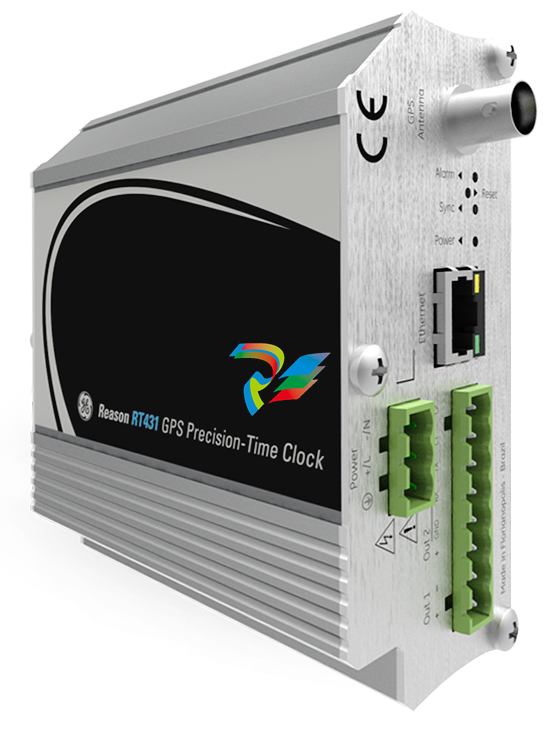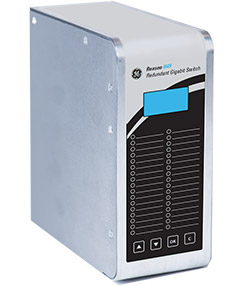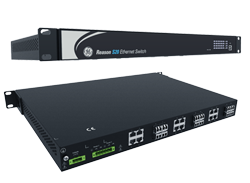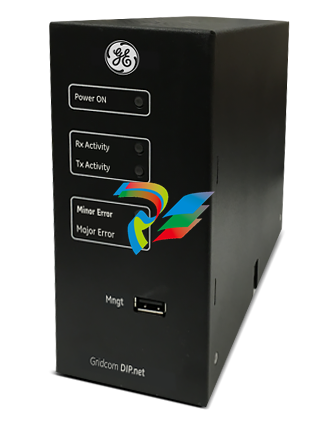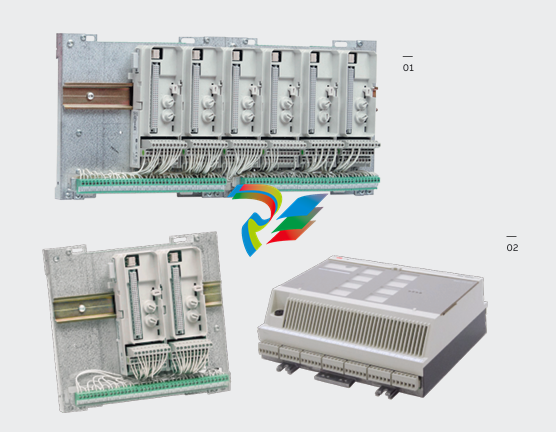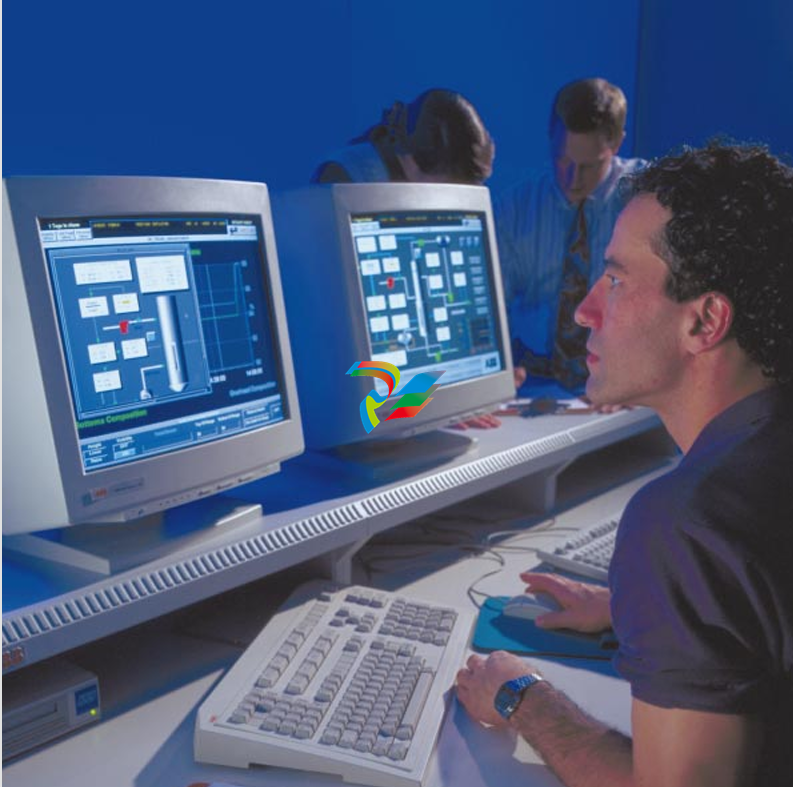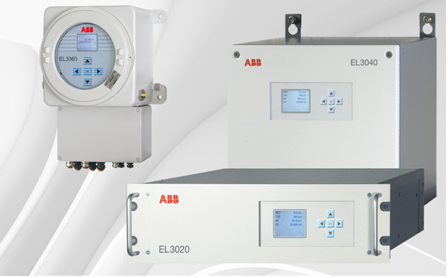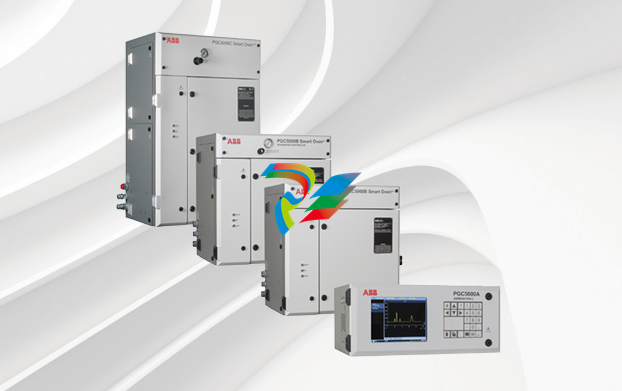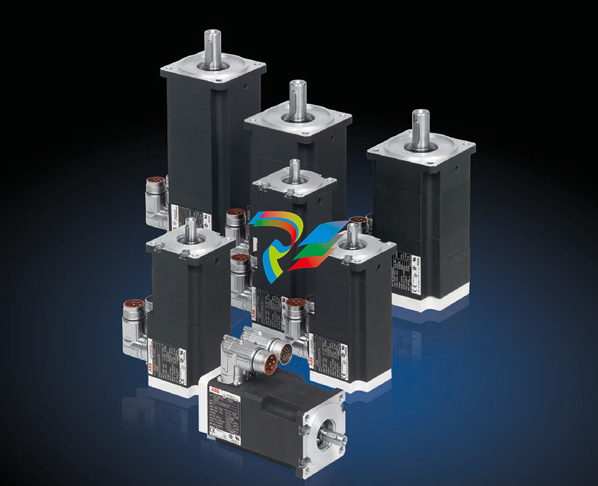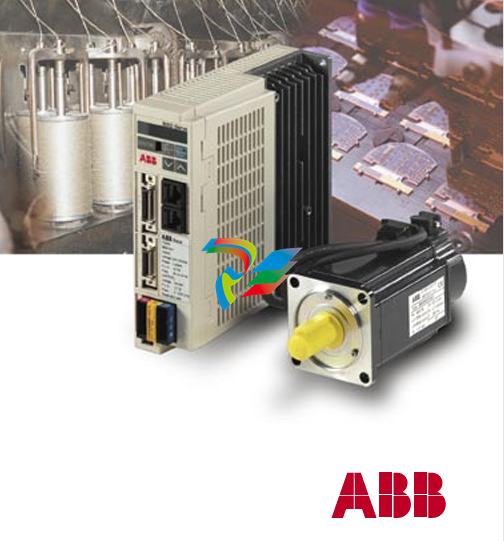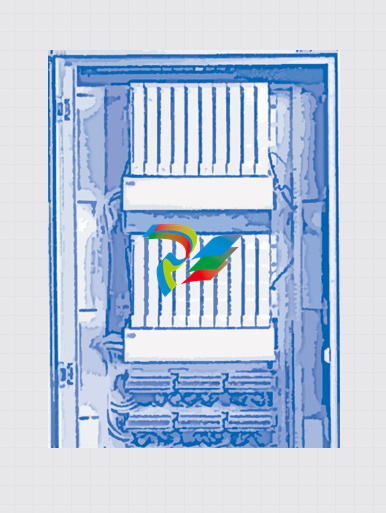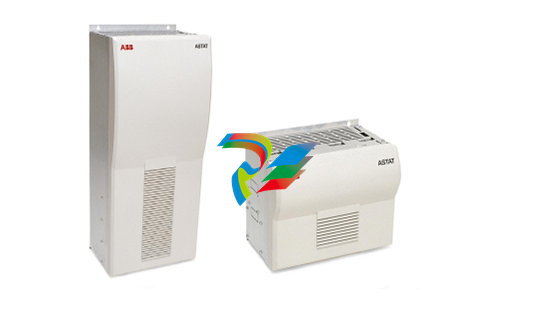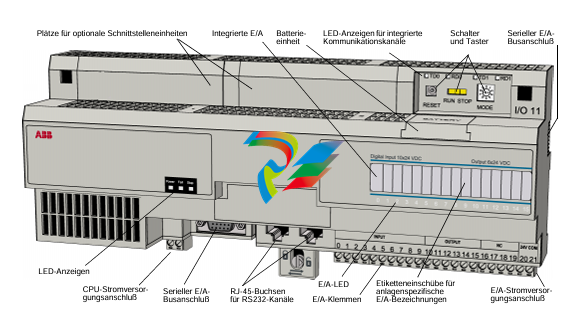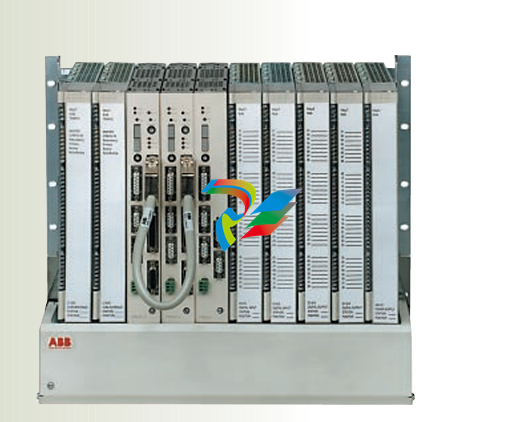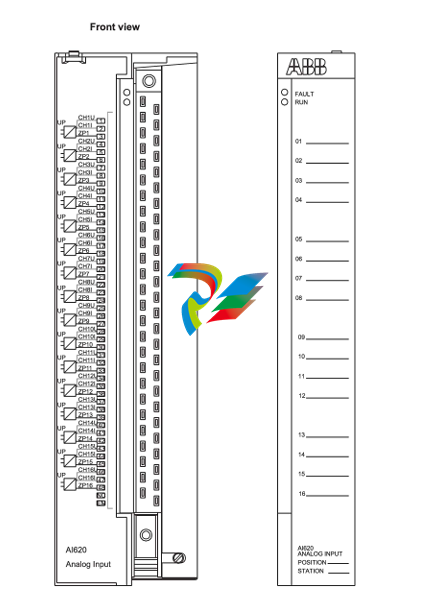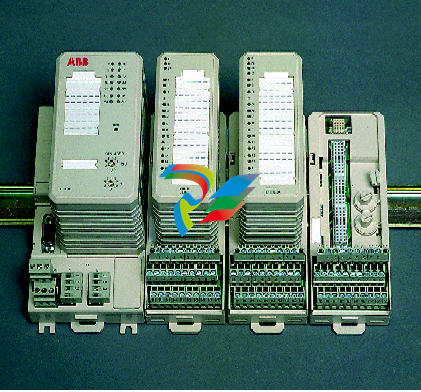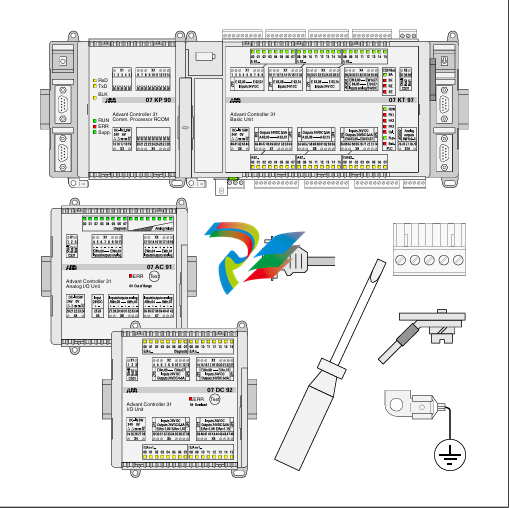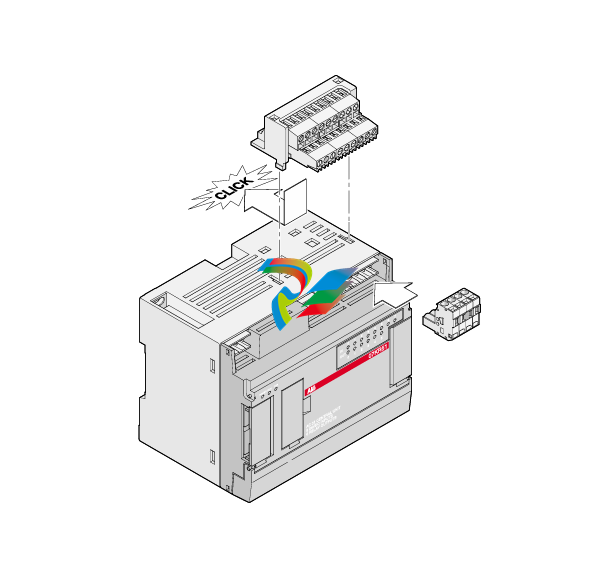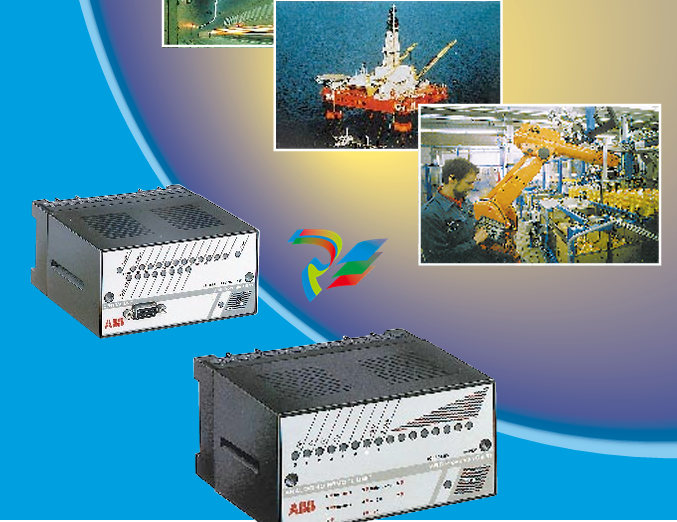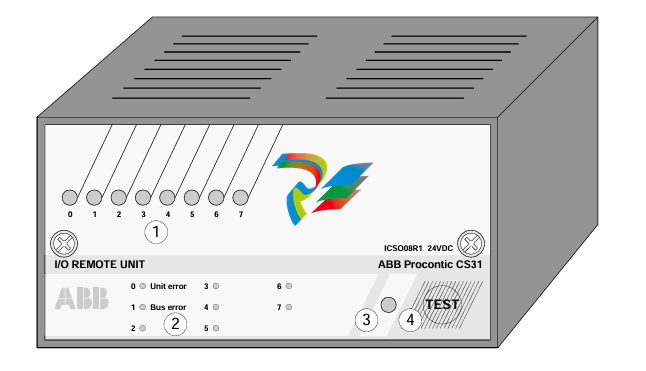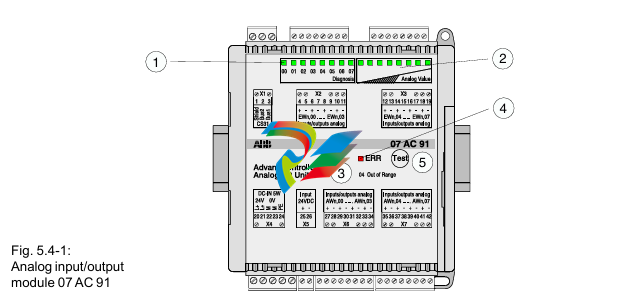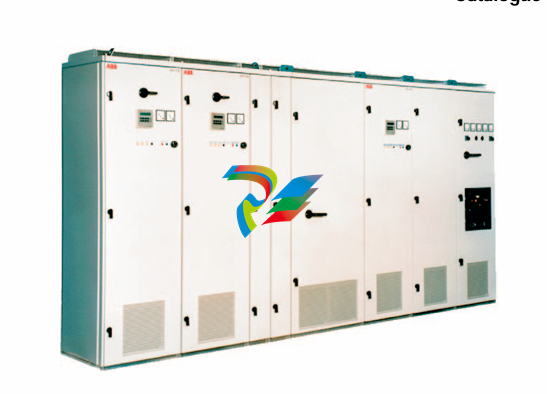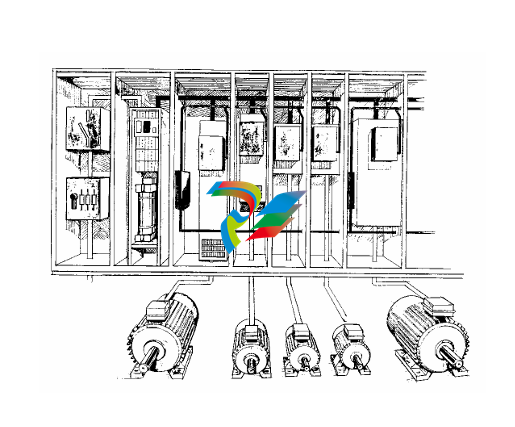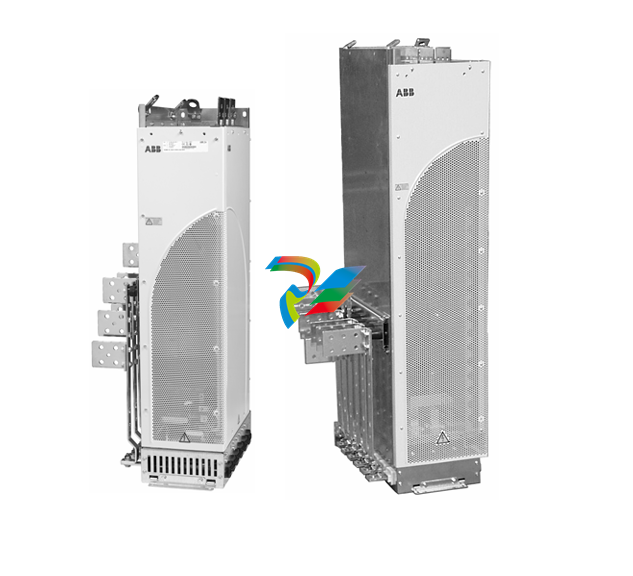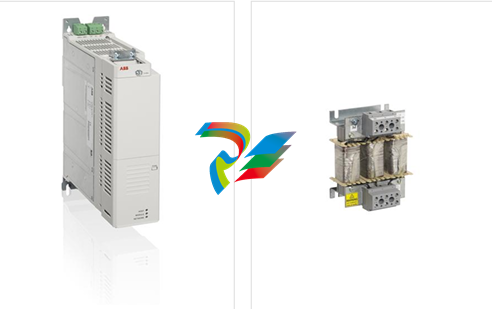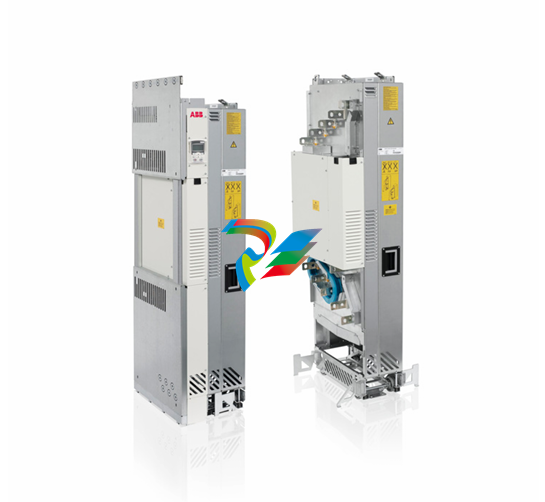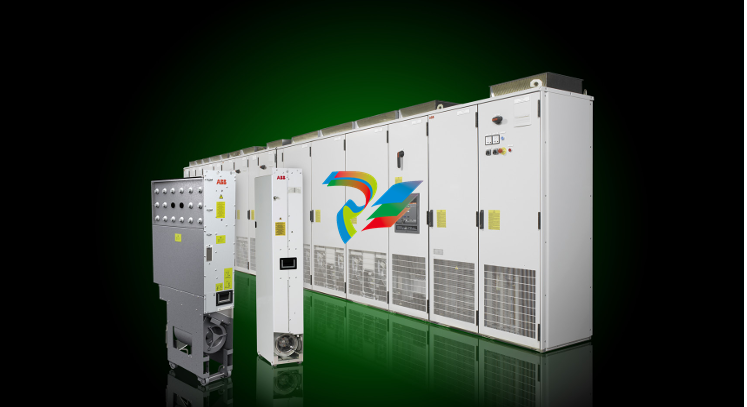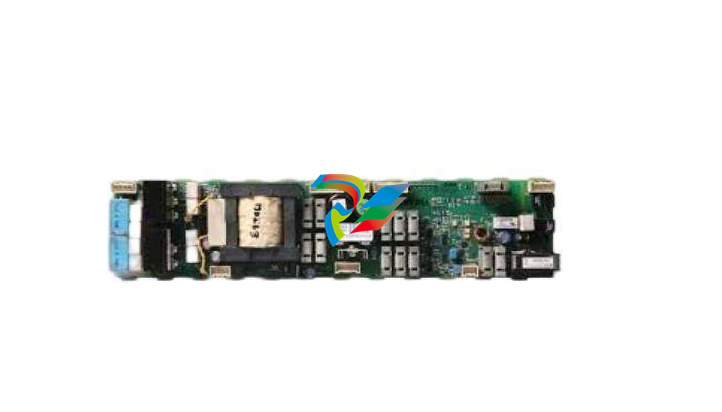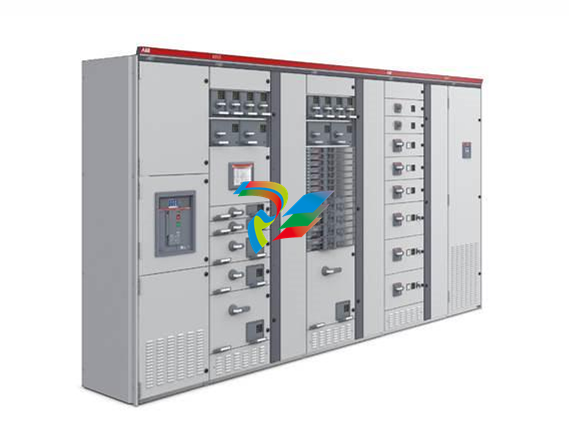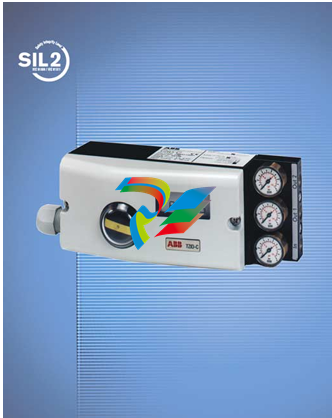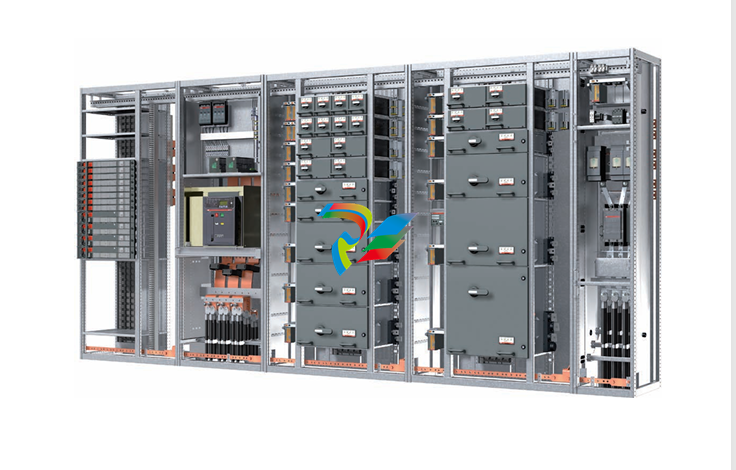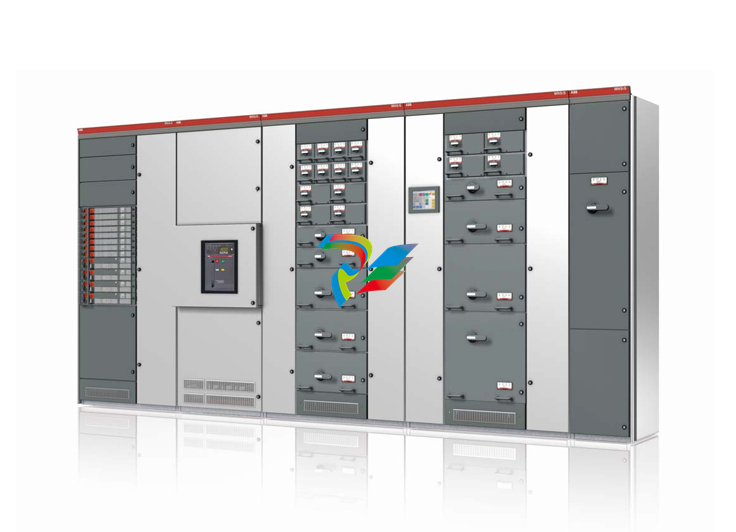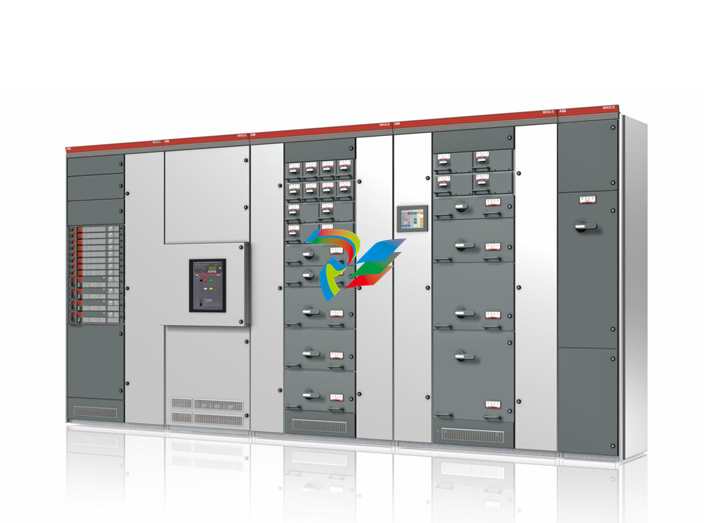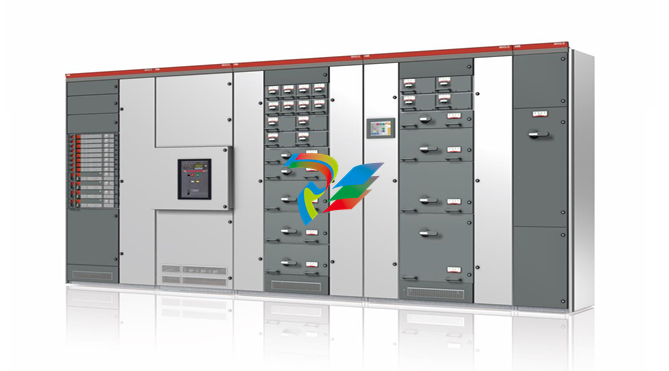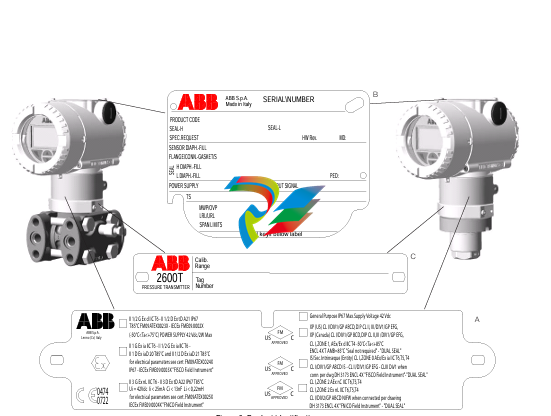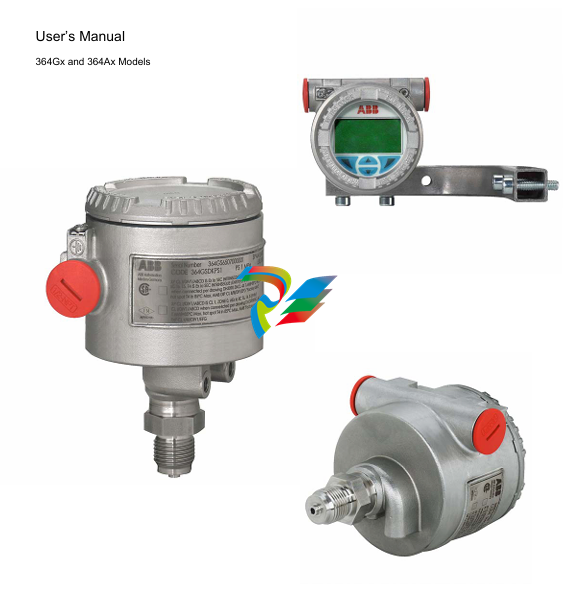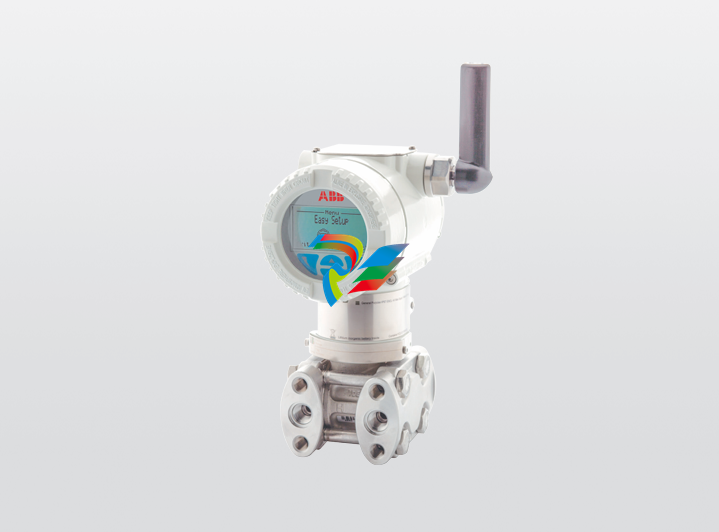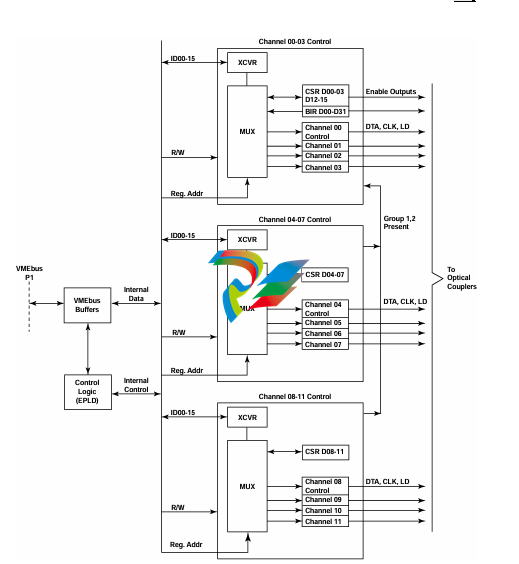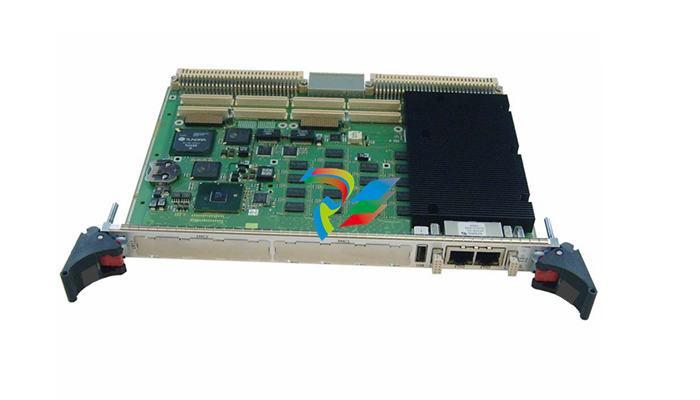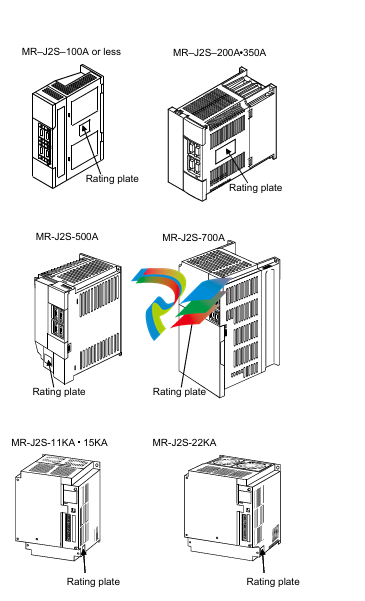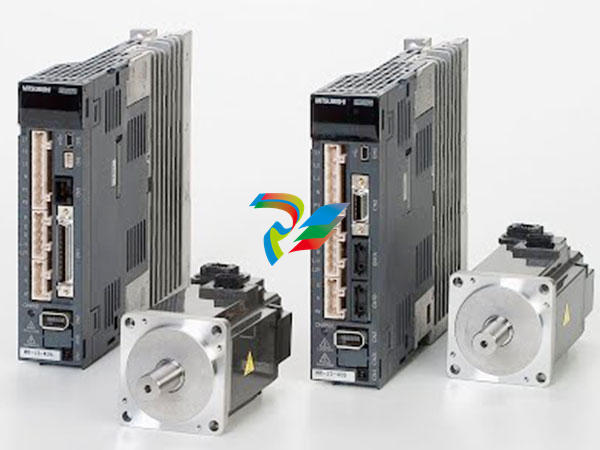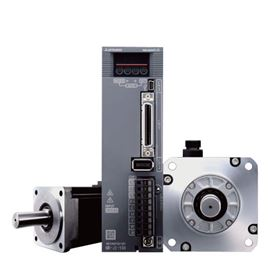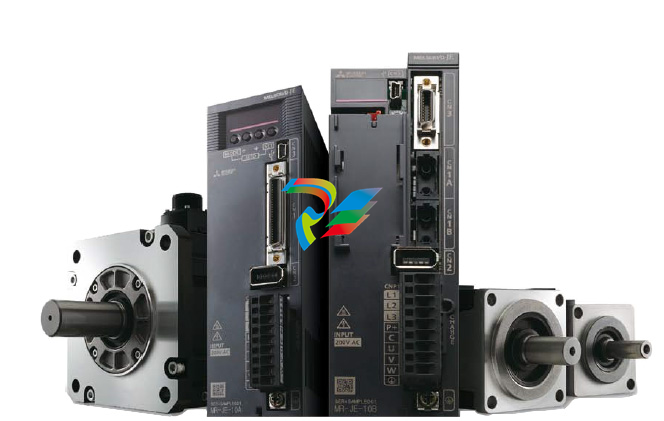
DCS; Industrial control system
Product
Article
NameDescriptionContent
Argument
Current Location:
PRODUCT SHOW
Description
1. Introduction
IEC (International Electrotechnical Commission) contactors are essential electrical switching devices widely used in industrial, commercial, and residential electrical systems. They play a crucial role in controlling the flow of electrical current to various loads, such as motors, heaters, lighting systems, and other electrical equipment. These contactors are designed based on international standards set by the IEC to ensure compatibility, safety, and reliable performance across different applications and regions.
2. Design and Construction
- Mechanical Structure: IEC contactors typically consist of a sturdy housing made from materials like high-quality plastics or metal alloys that can withstand the mechanical and environmental stresses in electrical installations. The housing protects the internal components from dust, moisture, and physical impacts. Inside, there are moving parts such as an armature, which is actuated by an electromagnetic coil, and contact assemblies that make or break the electrical connections.
- Contact System: The contact system is a key component. It usually includes main contacts and auxiliary contacts. The main contacts are designed to handle the high current loads and are made of materials with good electrical conductivity and resistance to wear and arcing, such as silver alloys. Auxiliary contacts, on the other hand, are used for control and indication purposes. They can provide feedback on the status of the contactor (whether it's energized or de-energized) and are often used in interlocking circuits or for connection to control systems.
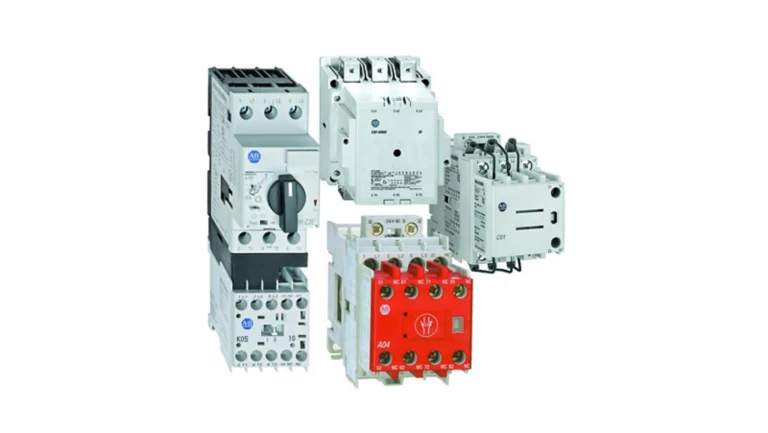
- Electromagnetic Coil: The electromagnetic coil is responsible for generating the magnetic force that actuates the moving parts of the contactor. When current flows through the coil, it creates a magnetic field that attracts the armature, causing the contacts to open or close. The coil is wound with insulated wire and is designed to operate within specific voltage and current ratings, which can vary depending on the contactor's application and capacity.
3. Operating Principle
- Energization and De-energization: When voltage is applied to the electromagnetic coil of an IEC contactor, the magnetic field generated by the coil attracts the armature. This mechanical movement causes the main contacts to close, establishing an electrical connection between the power source and the load. When the voltage is removed from the coil (de-energization), the magnetic field collapses, and the armature is released by the action of springs or other return mechanisms. As a result, the main contacts open, interrupting the current flow to the load.
- Arc Suppression: During the opening and closing of the contacts, an electrical arc can be generated due to the sudden interruption of current in an inductive load (like a motor). To mitigate this, IEC contactors often incorporate arc suppression mechanisms. These can include arc chutes made of insulating materials with channels that guide and extinguish the arc, or the use of magnetic blowout coils that create a magnetic field to push the arc away from the contacts, reducing contact wear and preventing damage to the contactor and the surrounding electrical components.
Purchase history
| User name | Member Level | Quantity | Specification | Purchase Date |
|---|
Total 0 Record
Customer Reviews
Satisfaction :
5 Stars
No evaluation information





